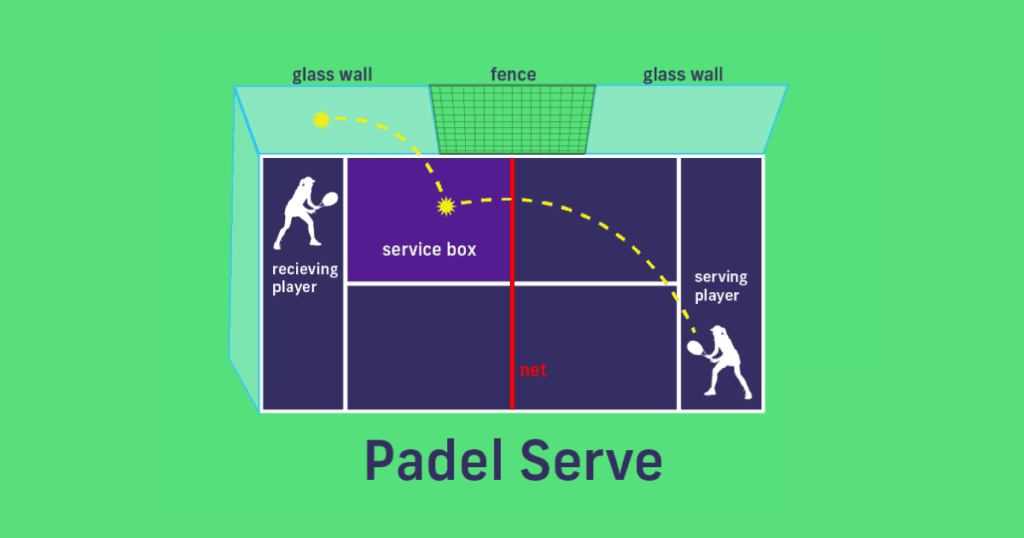Service Box in Racket Sports
When watching a gripping tennis, squash, or badminton match, it’s easy to get caught up in the intense rallies, skillful drops, and powerful smashes.
But while these highlights grab our attention, they all start from one critical place: the service box.
Every rally begins in this simple, delineated area, setting the tone for each point. But what is the service box, and why is it so important?

Defining the Service Box
In its most basic form, the service box is a designated area on the court where players must deliver their serve.
This area ensures that serves are consistent and provide a level playing field for both server and receiver.
Service Boxes Across Racket Sports
- Tennis: Tennis courts feature two service boxes on each side, divided by the center service line. The server must land their serve into the diagonal service box across the net. If it lands outside this box, it’s deemed out.
- Squash: In squash, the server has to stand in one of the two service boxes (usually starting on the right) and serve the ball to the opposite quarter of the front wall. The ball must land behind the service line on the floor.
- Badminton: While badminton doesn’t have a “box” per se, it has specific service areas. In singles, the width extends to the singles sideline, and in doubles, it extends to the sideline. The serve must always land in front of the short service line.
The Strategic Importance
- Setting the Point: The serve initiates every point, and a strong serve can provide a significant advantage. Serving into the correct service box forces the receiver to respond, often dictating the rally’s direction.
- Rotation in Doubles: In sports like badminton and tennis, doubles require players to rotate and use specific service boxes, bringing in an element of teamwork and strategy.
- Rule Enforcement: Serving outside the service box is a fault, leading to either a second serve opportunity (in tennis) or loss of serve (in squash and badminton).
Memorable Moments
In professional matches, there have been numerous instances where a well-placed serve into the service box has caught the opponent off-guard.
One can recall moments when tennis greats like Roger Federer or Serena Williams aced their opponents by accurately placing the ball in the corner of the service box, leaving their adversaries stunned.
Conversely, crucial service faults – serves missing the box at critical junctures – have changed the course of matches, emphasizing the service box’s importance.
Tips for Players to Perfect the Serve
- Practice Consistency: Regular practice targeting the service box can lead to more consistent and accurate serves.
- Vary the Serve: Don’t be predictable. Mix up serves – flat, slice, topspin (in tennis) – to keep the opponent guessing.
- Mind the Faults: Avoid too many service faults while power is crucial. It’s better to have a slightly slower serve that lands in the box than a fast one that’s out.
- Foot Placement: Especially in squash and tennis, ensure that your feet are correctly positioned within the service box boundaries when serving.
An Added Dimension to Watching
Understanding the nuances of the service box and its strategic importance can enhance your viewing experience.
Celebrate those perfectly placed serves and empathize with players’ pressure when landing a serve in a crucial game moment.
Summary
The term service box might seem like mere jargon or lines painted on the court for the uninitiated.
However, for players and seasoned fans, it’s an area that signifies strategy, precision, and the very beginning of every exciting rally.
In racket sports, where every point counts, the service box stands as a silent sentinel, ensuring fair play and often deciding the fate of matches.
Next time you’re on the court or watching a game, consider the humble service box. It’s more pivotal than it appears.